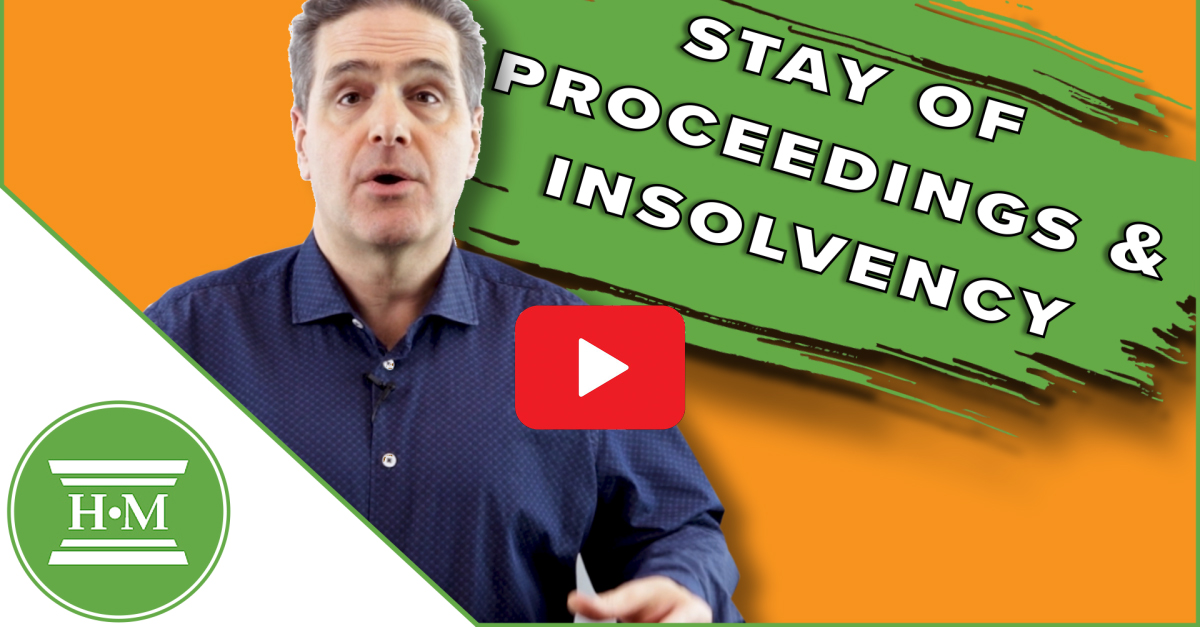
If you’re struggling with debt and facing collection calls, lawsuits, or wage garnishments, a stay of proceedings can provide immediate relief. It’s a legal order that stops most creditor actions the moment you file for bankruptcy or a consumer proposal.
Table of Contents
What is a Stay of Proceeding?

Once you file for bankruptcy or a consumer proposal, the Bankruptcy and Insolvency Act automatically puts a stay of proceedings in place. This is a legal order that means creditors cannot:
- Garnish your wages
- Sue you or continue lawsuits
- Freeze or seize your bank account
- Cut off utilities for unpaid bills
- Utility disconnections for past-due amounts
- Evict you for unpaid rent
- Demand payment for most unsecured debts
Even the Canada Revenue Agency (CRA) must stop collection actions and requirements to pay.
How Fast Does It Work?
The stay is automatic and immediate. Once you file, your Licensed Insolvency Trustee (LIT) notifies your creditors, and collection actions must stop. Some creditors may take a few days to process this, but legally, they must stop all contact.
If you keep getting collection calls, just tell them:
“I’ve filed for bankruptcy (or a consumer proposal). Contact my Licensed Insolvency Trustee.”
How Long Does a Stay of Proceedings Last?
-
In a bankruptcy, the stay remains in effect until you receive your discharge. This typically lasts 9 to 21 months for a first-time bankruptcy.
-
In a consumer proposal, protection continues during the entire duration of your consumer proposal, which can last up to 5 years.
A stay can end early if your proposal is rejected or annulled or your creditor successfully applies to the court to lift the stay.
What a Stay of Proceedings Doesn’t Cover
While a bankruptcy stay stops most debt collection, there are exceptions:
- secured creditors (mortgages, car loans) can still repossess assets if you miss payments
- a stay of proceedings does not erase child support, spousal support and debts from fraud or misrepresentation
- creditors can apply to court to lift a stay in respect of their claim under certain limited circumstances
Stay of Proceedings in A Consumer Proposal
If you want to avoid bankruptcy but still need creditor protection, a consumer proposal offers the same stay of proceedings. This means creditors must stop collection action while you negotiate a reduced debt repayment plan. You get the same creditor protection but you also keep your assets and repay only a portion of your debt. Other options like debt consolidation or credit counselling can’t stop legal actions.
Take Control of Your Debt Today
If you’re facing aggressive collection action or are struggling with overwhelming debt, take the first step – contact a Licensed Insolvency Trustee today for a free consultation. We can explain how a stay of proceedings could protect you and help you understand all your debt relief options.





